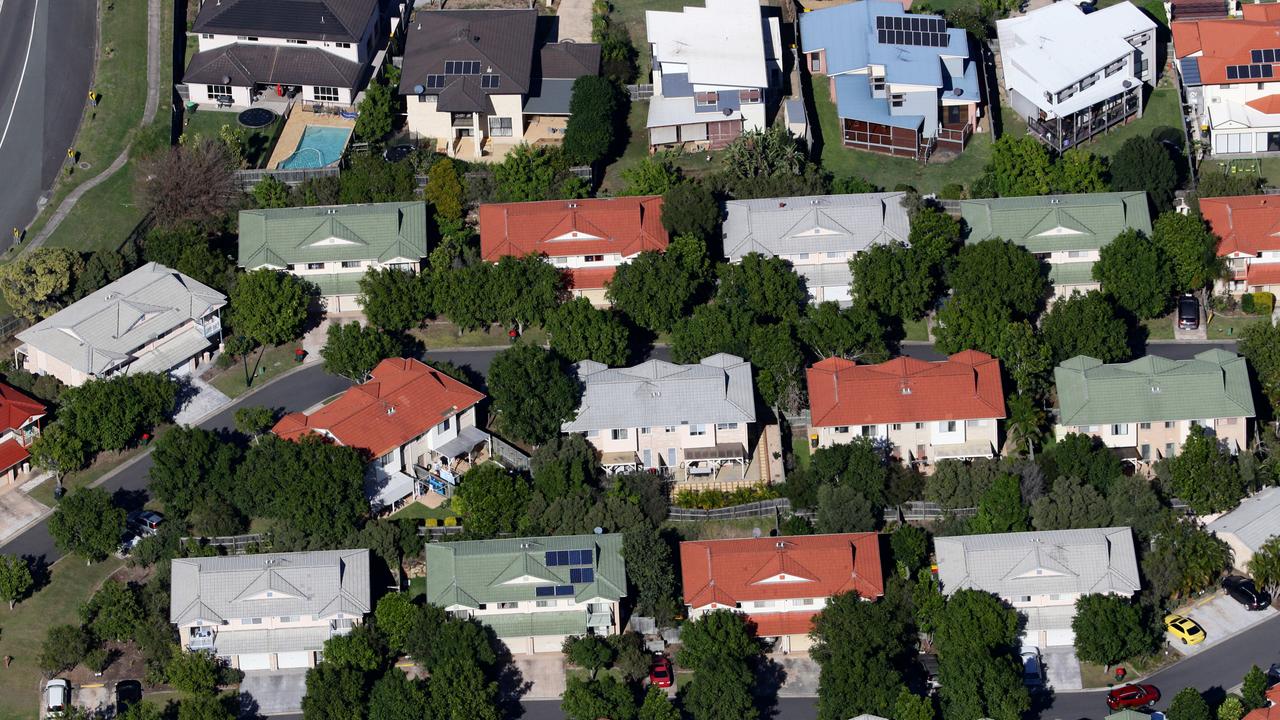Negative gearing: as fight fires up again, investors should look ahead
Negative gearing sparks debate, but landlords using it only get a percentage of their money back. There is a better option.

Property
Don't miss out on the headlines from Property. Followed categories will be added to My News.
You know a federal election is coming soon when we start hearing talk about changes to negative gearing.
That’s because the topic is political dynamite, and it helped blow up Labor’s failed 2019 election campaign.
And it doesn’t matter how many times the federal government says it has no plans to fiddle with negative gearing rules, their opponents will wheel out previous examples of them going back on similar statements about tax changes.
Negative gearing is the ability for property investors to claim a tax deduction when their investment expenses – such as interest, council rates, insurance and management fees – exceed the income they generate from rents.
Claiming tax deductions for losses is a vital part of Australia’s tax system, but things can get emotional when it’s related to housing, rents and home values.
Supporters of negative gearing correctly argue that if these tax deductions are abolished, many investors will exit the property market and leave fewer properties available for renters.
Amid all the current angst, which is likely to continue as next year’s election nears, a key fact about negative gearing is often ignored: every investor should try to avoid it as soon as they possibly can.
That’s because even with the tax deductions claimed, investors are still losing money when they negatively gear their properties. They only get their tax rate back as a refund, typically 30-45 per cent of what they have lost, so even after the deductions they remain under water financially.
Negative gearing losses have multiplied in the past couple of years as 13 interest rate rises by the Reserve Bank of Australia pushed up repayment costs on variable-rate mortgages by more than 60 per cent.
That’s much more than most rents have risen, and many investors have moved from making money to losing money on their rental properties.
The reason every investor should seek to avoid negative gearing is because there is a much more financially-beneficial alternative: positive gearing.
This is when an investor’s rental income exceeds their holding costs, and it means that investors can grow their property portfolios sustainably and indefinitely as they continue making profits.

That’s the opposite of negative gearing, which puts a roadblock in the way of future property purchases, especially considering banks base their mortgage serviceability calculations on an interest rate 3 percentage points above current rates.
It’s much better to make money from real estate investment, pay some tax to the ATO, and walk away with the rest. That also means investors are under less pressure to raise rents sharply for reliable long-term tenants.
Once the RBA starts cutting interest rates, probably from early 2025, positive gearing will grow as investors’ interest costs start falling again.
Time will tell if we see any Labor rule changes. There are some suggestions that it may limit how many negatively-geared properties investors can hold, but that will still be painted in a poor light by its critics.
The message for Australia’s 2.2 million real estate investors is simple. Don’t focus on the negative. Instead aim to be positive.
More Coverage
Originally published as Negative gearing: as fight fires up again, investors should look ahead





